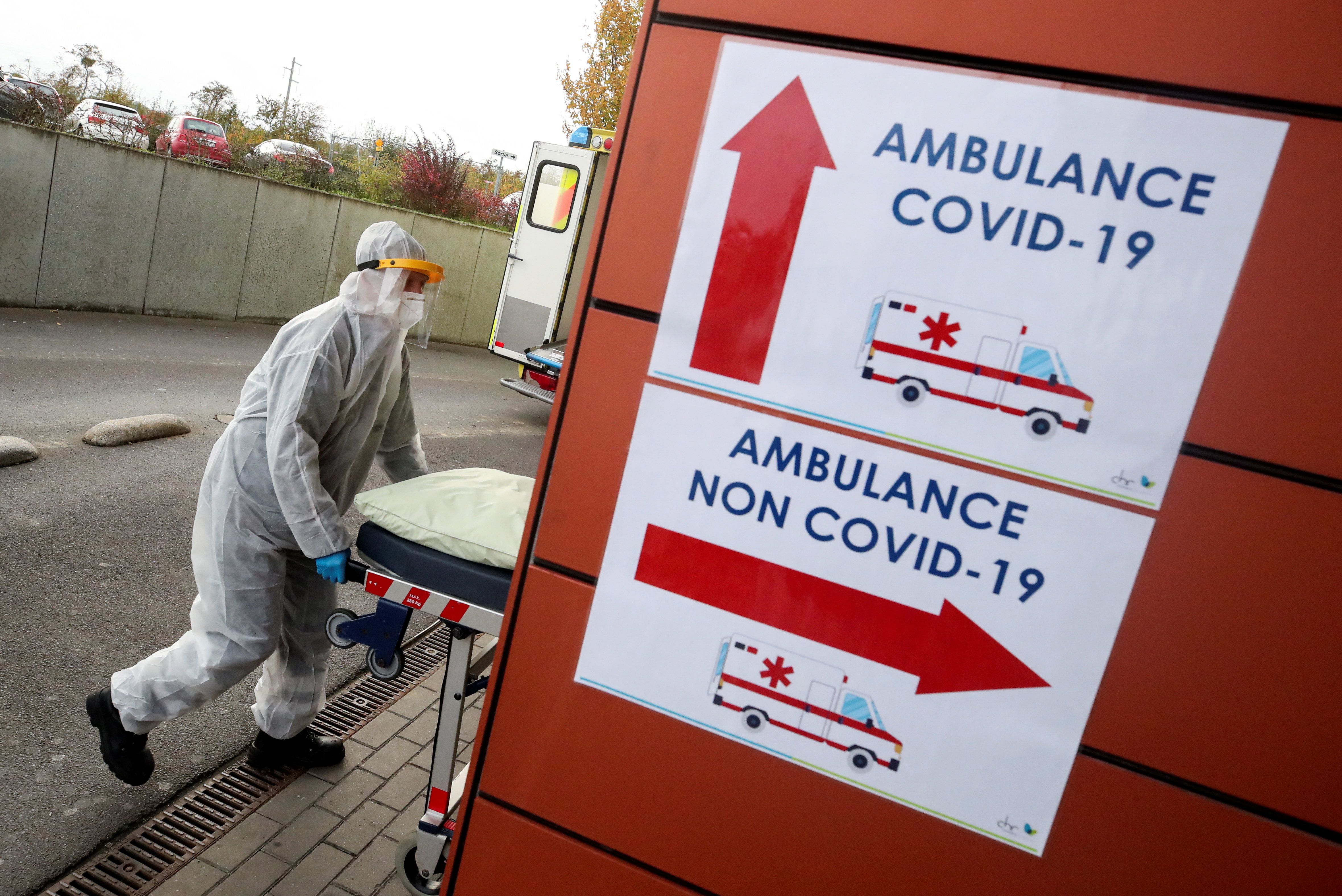Hard Numbers: US sets another COVID record, Europe's vaccine distro timeline, migrants drown off Dunkirk, Melbourne's enduring lockdown
500,000: The US recorded 500,000 new COVID-19 cases over the past week, the highest 7-day total since the start of the pandemic. At least 20 states recorded their highest ever seven-day averages of new cases during that period. Meanwhile, the Trump administration released a press release Tuesday noting some of its key accomplishments, which included "ending the pandemic."
4: At least four people were found dead in waters of the coastal city of Dunkirk, France, after attempting to cross the English Channel by boat. Despite efforts by French and British authorities, migrants — many of whom sought asylum elsewhere in Europe after fleeing conflict and instability in Yemen, Eritrea, Chad, Sudan, and Iraq — have long used France as a launch pad to reach the UK.
111: After 111 days, Melbourne, Australia, has lifted one of the world's longest lockdowns, paving the way for some 5 million people to reopen businesses, meet in small groups, and dine out. The opening came after the city recorded zero COVID cases on Monday and Tuesday for the first time since June.
50 million: As Europe grapples with a horrifying uptick in COVID-19 cases, Ursula von der Leyen, the head of the European Commission, said Wednesday that, according to the best-case scenario, around 50 million vaccine doses would be delivered to the EU per month starting next spring. On October 23 alone, at least 225,000 EU residents tested positive for COVID-19, the highest daily rate on record.
